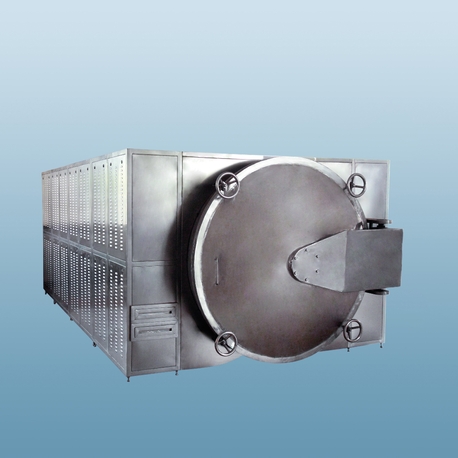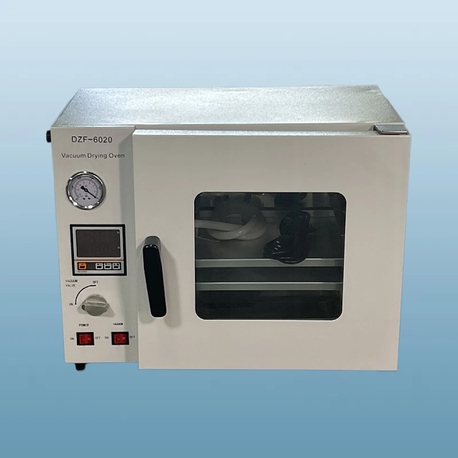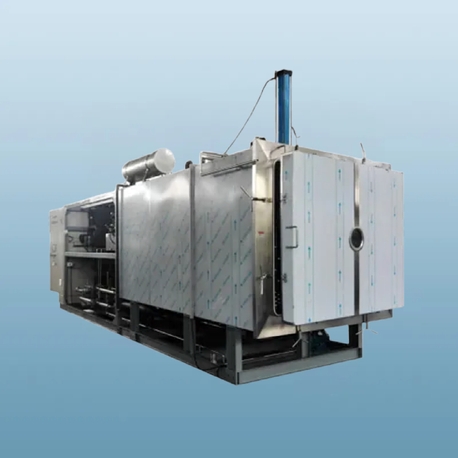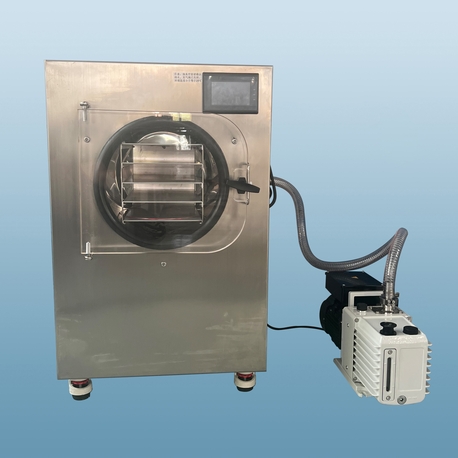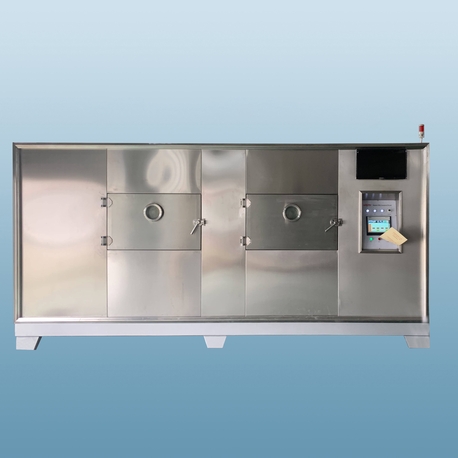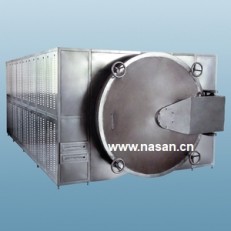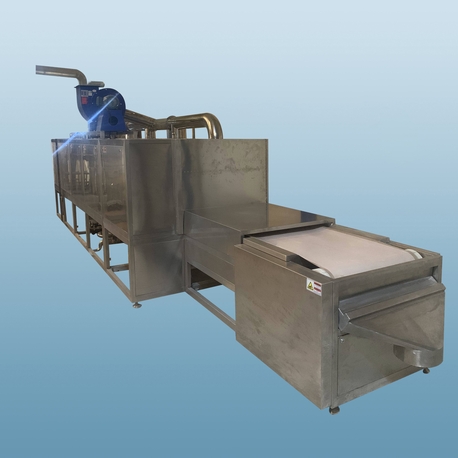In the world of industrial and commercial operations, efficiency and productivity are paramount. One piece of equipment that plays a crucial role in various sectors is the dehydrator. Used to remove moisture from materials, industrial dehydrators are essential for preserving products, reducing weight, and enhancing shelf life. From food processing to pharmaceutical manufacturing, these machines offer a reliable solution for drying needs. In this article, we will delve into seven key aspects of industrial dehydrators, providing a comprehensive overview for businesses looking to optimize their operations. Whether you're new to this technology or seeking to upgrade your current system, understanding these facets will help you make informed decisions and leverage the full potential of dehydrators in your industry.
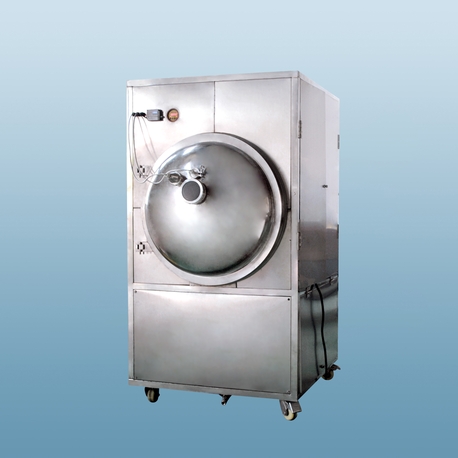
What is an Industrial Dehydrator?
An industrial dehydrator is a specialized machine designed to remove moisture from various materials through controlled heating, airflow, and sometimes vacuum or other advanced methods. Unlike household dehydrators used for drying fruits or herbs, industrial-grade dehydrators are built for heavy-duty applications, handling large volumes of materials such as food products, chemicals, minerals, and pharmaceuticals. These machines are engineered to maintain precise temperature and humidity levels, ensuring consistent drying results without compromising the quality of the end product. Typically, a dehydrator consists of components like heating elements, fans for air circulation, trays or conveyors for material placement, and control systems for automation. By efficiently extracting water, dehydrators help in reducing spoilage, facilitating easier storage and transportation, and meeting industry standards for safety and quality. In commercial settings, investing in a high-quality dehydrator can lead to significant cost savings and improved operational efficiency, making it a vital asset in sectors where moisture control is critical.
How Does a Dehydrator Work?
The working principle of a dehydrator revolves around the application of heat and airflow to evaporate moisture from materials. Most industrial dehydrators operate using convection drying, where heated air is circulated around the products to facilitate water removal. The process begins by loading the material onto trays or a conveyor system within the dehydrator chamber. Then, a heating element raises the air temperature to a specific set point, which can range from 40°C to over 200°C, depending on the material's sensitivity and drying requirements. Fans or blowers ensure uniform air distribution, preventing hot spots and ensuring even drying. In some advanced dehydrators, technologies like vacuum drying or infrared heating are employed to speed up the process or handle heat-sensitive items. For instance, vacuum dehydrators reduce the air pressure inside the chamber, lowering the boiling point of water and allowing drying at lower temperatures, which is ideal for pharmaceuticals or delicate foods. Throughout the cycle, sensors monitor parameters like temperature, humidity, and weight loss, adjusting settings automatically for optimal results. This controlled environment not only preserves the nutritional and structural integrity of the products but also enhances energy efficiency, making the dehydrator a versatile tool in industrial applications.
Types of Industrial Dehydrators
Industrial dehydrators come in various types, each tailored to specific materials and production scales. Understanding these variations is essential for selecting the right dehydrator for your business. First, tray dehydrators are common in batch processing, featuring multiple stacked trays where materials are placed for drying. They are ideal for small to medium operations, such as drying herbs or spices, and offer easy loading and unloading. Second, belt dehydrators use a continuous conveyor system to move materials through the drying chamber, making them suitable for high-volume production lines in food or chemical industries. They provide consistent output and can be integrated with other equipment for automated workflows. Third, spray dehydrators are used for liquid or slurry materials, where the substance is atomized into fine droplets and dried quickly in a hot air stream. This type is prevalent in dairy, beverage, and pharmaceutical industries for producing powders. Fourth, rotary dehydators employ a rotating drum to tumble materials, ensuring even exposure to heat and airflow; they are often used for granules or pellets in agricultural and mineral processing. Lastly, freeze dehydrators utilize sublimation under vacuum conditions to remove moisture from frozen products, preserving flavors and nutrients effectively—commonly used for high-value items like instant coffee or biotech samples. Each type of dehydrator offers unique advantages, and businesses should consider factors like material characteristics, production capacity, and energy consumption when choosing the most appropriate model.
Applications of Dehydrators in Various Industries
The versatility of dehydrators makes them indispensable across multiple industries, driving efficiency and innovation. In the food and beverage sector, dehydrators are used to dry fruits, vegetables, meats, and grains, extending shelf life and creating snacks, ingredients, or ready-to-eat meals. For example, a dehydrator can transform fresh apples into crispy chips or preserve seafood for export, reducing waste and adding value. In the pharmaceutical industry, dehydrators play a critical role in drying active ingredients, vaccines, and herbal extracts, ensuring stability and compliance with strict regulatory standards. The chemical industry relies on dehydrators to process powders, catalysts, and polymers, where moisture control is vital for reaction efficiency and product quality. Additionally, in agriculture, dehydrators are employed for drying crops like grains and seeds, preventing mold and enabling long-term storage. The textile industry uses them to remove moisture from fabrics after dyeing or washing, improving finish and reducing energy costs compared to traditional methods. Even in environmental applications, dehydrators help in sludge treatment by reducing the volume of waste from water treatment plants, making disposal easier and more eco-friendly. By adapting to diverse needs, dehydrators support sustainable practices and enhance productivity, demonstrating their broad impact on global industries.
Benefits of Using Industrial Dehydrators
Implementing an industrial dehydrator in commercial operations offers numerous benefits that translate to tangible business advantages. Firstly, dehydrators significantly improve product quality by preserving essential properties like flavor, color, and nutrients, which is crucial in food and pharmaceutical markets. For instance, a well-calibrated dehydrator can prevent over-drying or case hardening, ensuring uniform results. Secondly, they enhance efficiency by reducing drying times compared to natural methods, leading to higher throughput and faster time-to-market. This is especially valuable in seasonal industries where rapid processing is needed. Thirdly, dehydrators contribute to cost savings by lowering energy consumption through advanced insulation and heat recovery systems; modern models often feature energy-efficient designs that minimize operational expenses. Fourthly, they support waste reduction by extending the shelf life of perishable goods, thereby decreasing spoilage and inventory losses. In terms of scalability, dehydrators can be customized for small batches or large-scale production, offering flexibility as business needs evolve. Moreover, using a dehydrator can improve safety by eliminating moisture-related hazards like microbial growth or chemical instability, which is critical in regulated environments. Overall, these benefits make dehydrators a smart investment for companies aiming to boost profitability and sustainability.
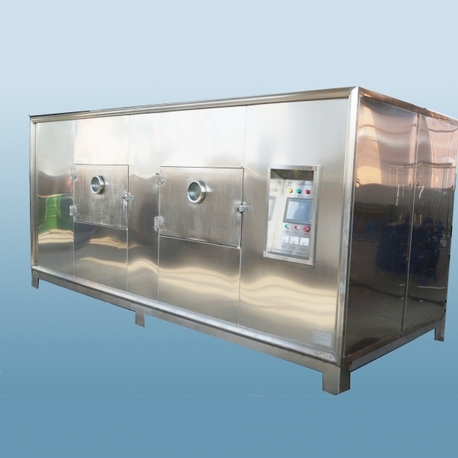
How to Choose the Right Dehydrator for Your Business
Selecting the appropriate dehydrator for your commercial needs requires careful consideration of several factors to ensure optimal performance and return on investment. Start by assessing the material characteristics, such as moisture content, sensitivity to heat, and physical form (e.g., solid, liquid, or paste). This will influence the type of dehydrator—for example, a spray dehydrator for liquids or a tray dehydrator for solids. Next, evaluate the production capacity; determine the volume of material to be processed per hour or day to choose a dehydrator with the right size and throughput. Energy efficiency is another key factor; look for models with high thermal efficiency, programmable controls, and compliance with industry standards to reduce long-term costs. Additionally, consider the dehydrator's construction materials—stainless steel is often preferred for its durability and ease of cleaning, especially in food or pharmaceutical applications. Automation features, such as IoT connectivity and real-time monitoring, can enhance operational control and reduce labor requirements. It's also wise to review maintenance needs and availability of spare parts to minimize downtime. Finally, consult with manufacturers or experts to conduct trials and ensure the dehydrator meets your specific requirements. By taking a systematic approach, you can invest in a dehydrator that aligns with your business goals and delivers reliable performance.
Maintenance and Care for Long-Lasting Dehydrators
Proper maintenance is essential to maximize the lifespan and efficiency of an industrial dehydrator. Regular cleaning is the first step; after each use, remove any residue from trays, belts, or chambers to prevent contamination and ensure consistent drying. For dehydrators used in food or pharmaceutical industries, follow sanitization protocols to meet hygiene standards. Inspect key components periodically, such as heating elements, fans, and sensors, for signs of wear or damage. Lubricate moving parts like conveyor motors or bearings according to the manufacturer's guidelines to reduce friction and prevent breakdowns. Calibration of temperature and humidity controls should be done annually to maintain accuracy, as deviations can affect product quality. Additionally, check for air leaks in the system, which can compromise efficiency, and seal them promptly. Implementing a preventive maintenance schedule—including routine checks and part replacements—can help avoid unexpected downtime and costly repairs. Training staff on proper operation and safety procedures is also crucial to prevent misuse. Many modern dehydrators come with diagnostic tools and remote monitoring, allowing for proactive maintenance. By adhering to these practices, businesses can ensure their dehydrator operates at peak performance, extending its service life and protecting their investment.
In conclusion, industrial dehydrators are powerful tools that drive efficiency, quality, and sustainability in commercial operations. From understanding their basic functionality to selecting the right type and maintaining them properly, these seven aspects highlight the critical role dehydrators play across various industries. By leveraging this technology, businesses can achieve significant advantages in product development, cost management, and environmental responsibility. As the demand for dried products continues to grow, staying informed about dehydrator innovations will be key to remaining competitive in the global market.
Frequently Asked Questions
Q1: What is the main difference between a dehydrator and a dryer in industrial settings?
A1: In industrial contexts, a dehydrator typically refers to equipment that removes moisture at lower temperatures over longer periods, often used for preserving food or sensitive materials without damaging their structure. A dryer, on the other hand, might operate at higher temperatures and faster rates, commonly for bulk materials like grains or chemicals. However, the terms are sometimes used interchangeably, and the key distinction lies in the application and technology—dehydrators often emphasize gentle drying for quality retention, while dryers may focus on speed and volume.
Q2: How energy-efficient are modern industrial dehydrators?
A2: Modern industrial dehydrators are designed with high energy efficiency, incorporating features like heat recovery systems, insulated chambers, and programmable controls to minimize power consumption. Many models comply with international energy standards and can reduce energy use by up to 30-50% compared to older versions, depending on the type and application. This not only lowers operational costs but also supports sustainability goals.
Q3: Can a dehydrator handle different types of materials in one batch?
A3: While it is possible, it is generally not recommended to mix different materials in a single dehydrator batch due to variations in moisture content, drying times, and temperature sensitivities. This can lead to uneven drying, cross-contamination, or quality issues. For optimal results, it's best to process similar materials together or use dehydrators with separate compartments for different products.
Q4: What safety precautions should be taken when operating an industrial dehydrator?
A4: Safety precautions include ensuring proper ventilation to prevent overheating, regularly inspecting electrical components for faults, and using personal protective equipment when handling hot surfaces. Additionally, follow manufacturer guidelines for load capacity, avoid overloading, and implement emergency stop features. In industries like chemicals or pharmaceuticals, consider explosion-proof designs if dealing with flammable materials.
Q5: How long does an industrial dehydrator typically last with proper maintenance?
A5: With proper maintenance, an industrial dehydrator can last between 10 to 20 years, depending on the model, usage intensity, and adherence to maintenance schedules. Regular cleaning, part replacements, and timely repairs can extend its lifespan, while neglecting care may lead to premature failure. Investing in quality equipment and routine checks is essential for long-term reliability.
This article has provided an in-depth look at industrial dehydrators, covering their definition, operation, types, applications, benefits, selection criteria, and maintenance. By addressing these aspects, businesses can harness the full potential of dehydrators to enhance their commercial success. If you have more questions, consult with industry experts or manufacturers for tailored advice.


